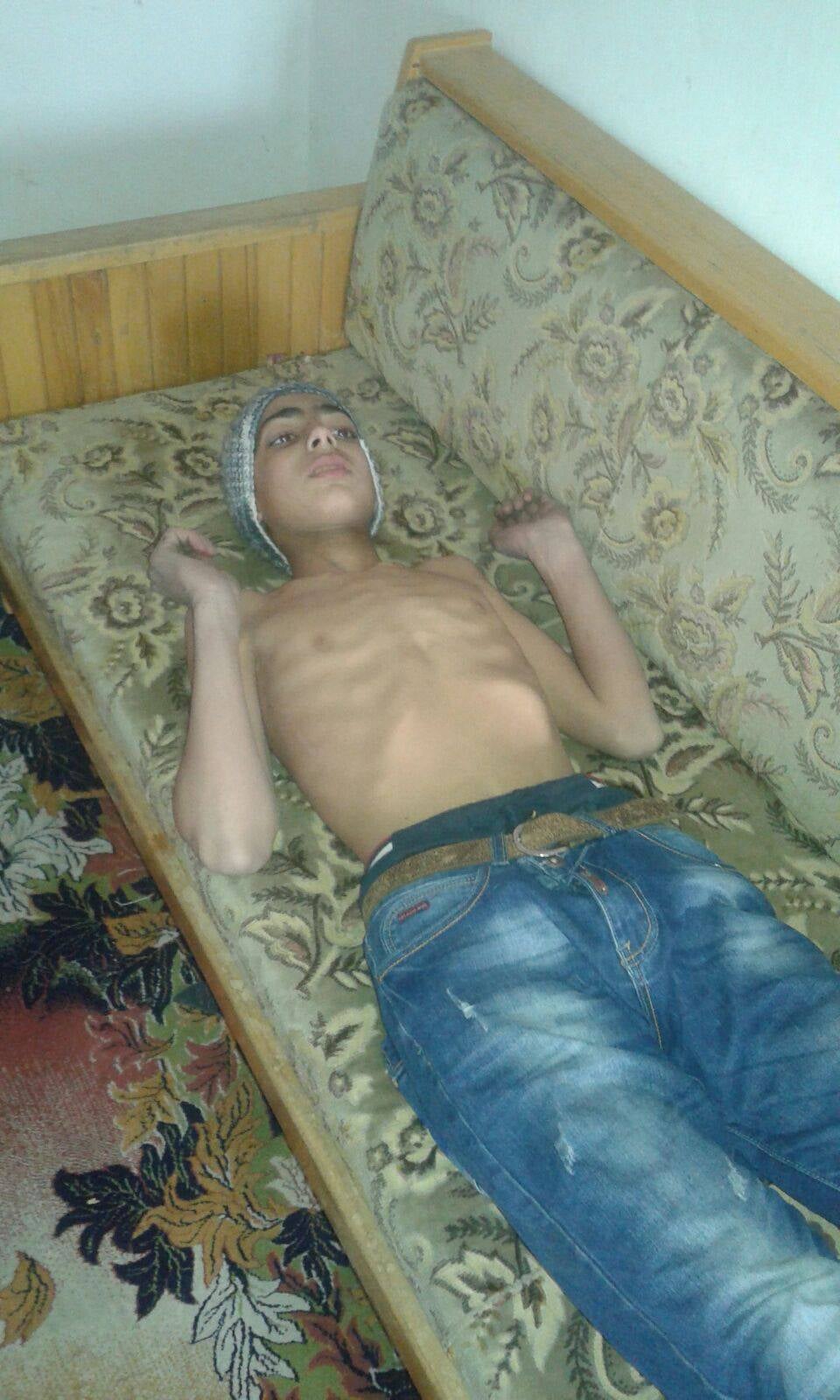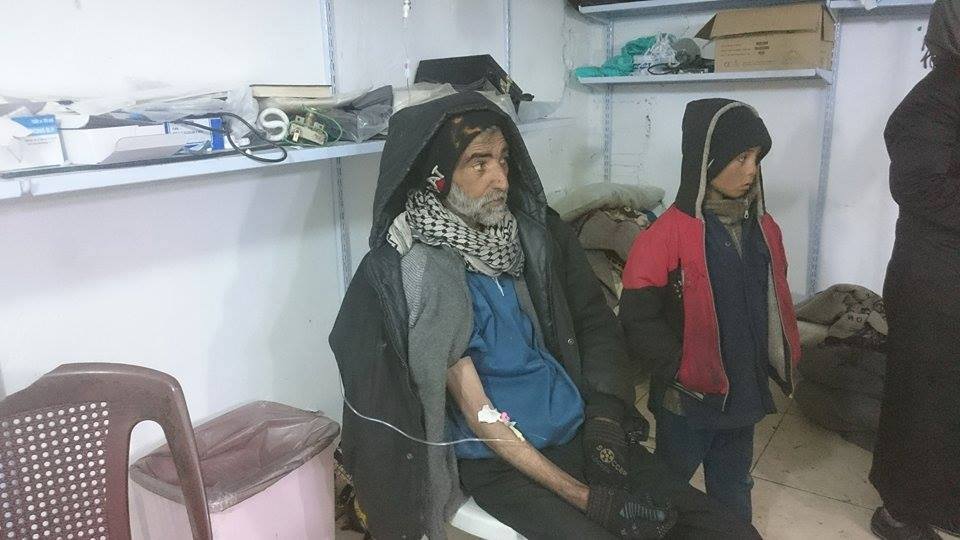Horrifying images of starving Syrians are bringing Assad’s atrocities back into focus
Warning: This post contains graphic images. They come from a Facebook page run by activists.
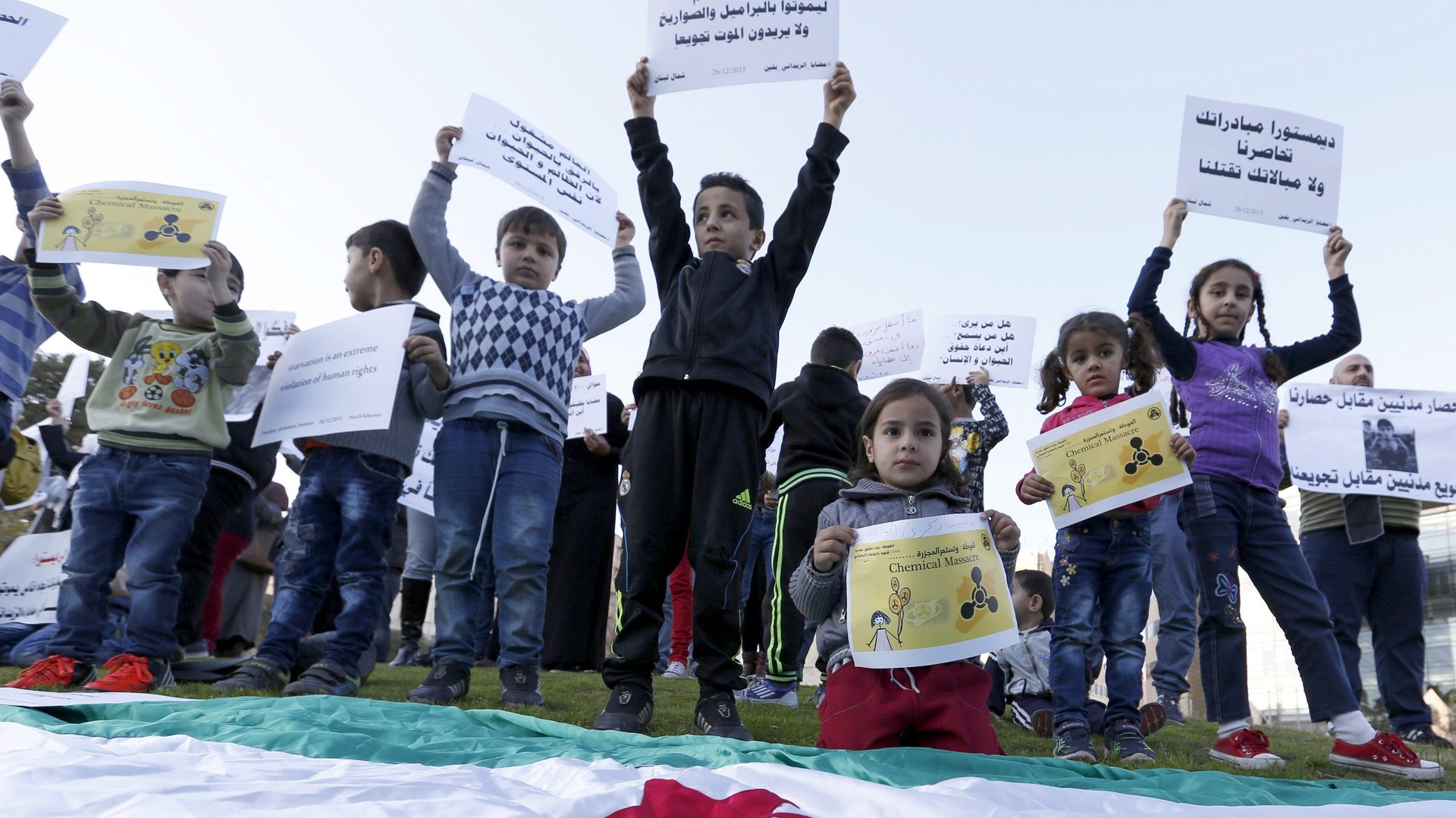

Warning: This post contains graphic images. They come from a Facebook page run by activists.
News of the war in Syria has in recent weeks focused on the sidelines of the conflict itself: on Russia’s involvement, and its conflict with Turkey; on ISIL’s threat to Europe and the US; on the terrorist group’s loss of a key city in Iraq; on how tensions between Saudi Arabia and Iran might hurt chances of a negotiated peace in Syria. Over the past year, much of the attention was on the massive refugee crisis that forced millions out of the war-ravaged parts of the country.
Now, finally, the focus is turning back to Syria itself, with images of starving civilians in the town of Madaya, which has been besieged by government forces, reminding the word of the horrific suffering caused by the regime of Bashar al-Assad.
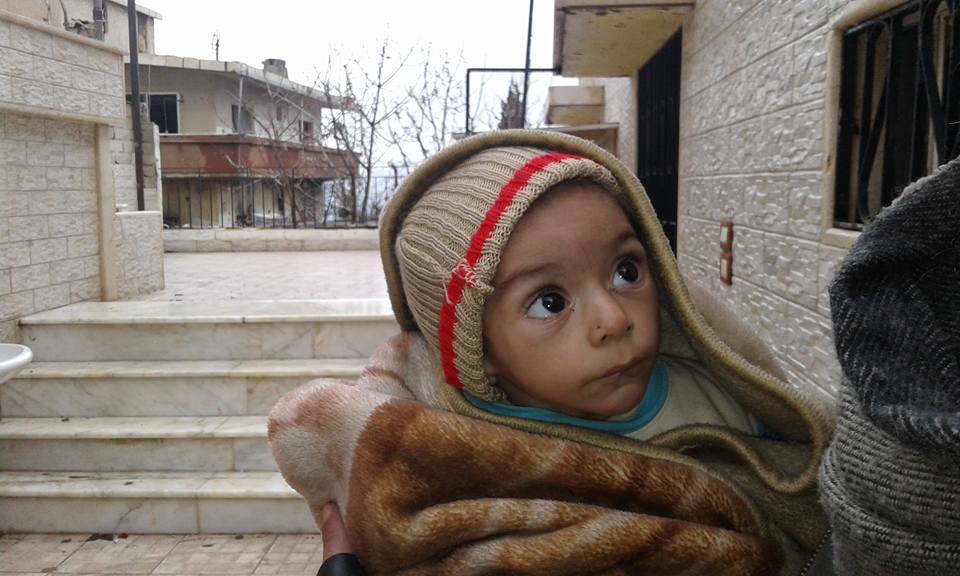
The images may have shamed Assad into allowing the town some measure of relief. United Nations said Thursday (Jan. 7) that the government has given the organization permission to enter the town; it is hoping to deliver aid within the next 48 hours because conditions are “extremely dire.”
Residents of the mountainous town, which before the war was a holiday resort for rich Syrians, have been forced to eat their pets, boiled leaves, flower petals or plain water cooked with spices, according to multiple statements. Rice costs as much as $250 per kilogram and is sold by grams, The Guardian reports.
Doctors without Borders (MSF) say that many have died of starvation at an MSF-supported center, including six infants, and five adults over 60 years old.
“Madaya is now effectively an open-air prison for an estimated 20,000 people, including infants, children, and elderly,” said Brice de le Vingne, the organization’s director of operations.
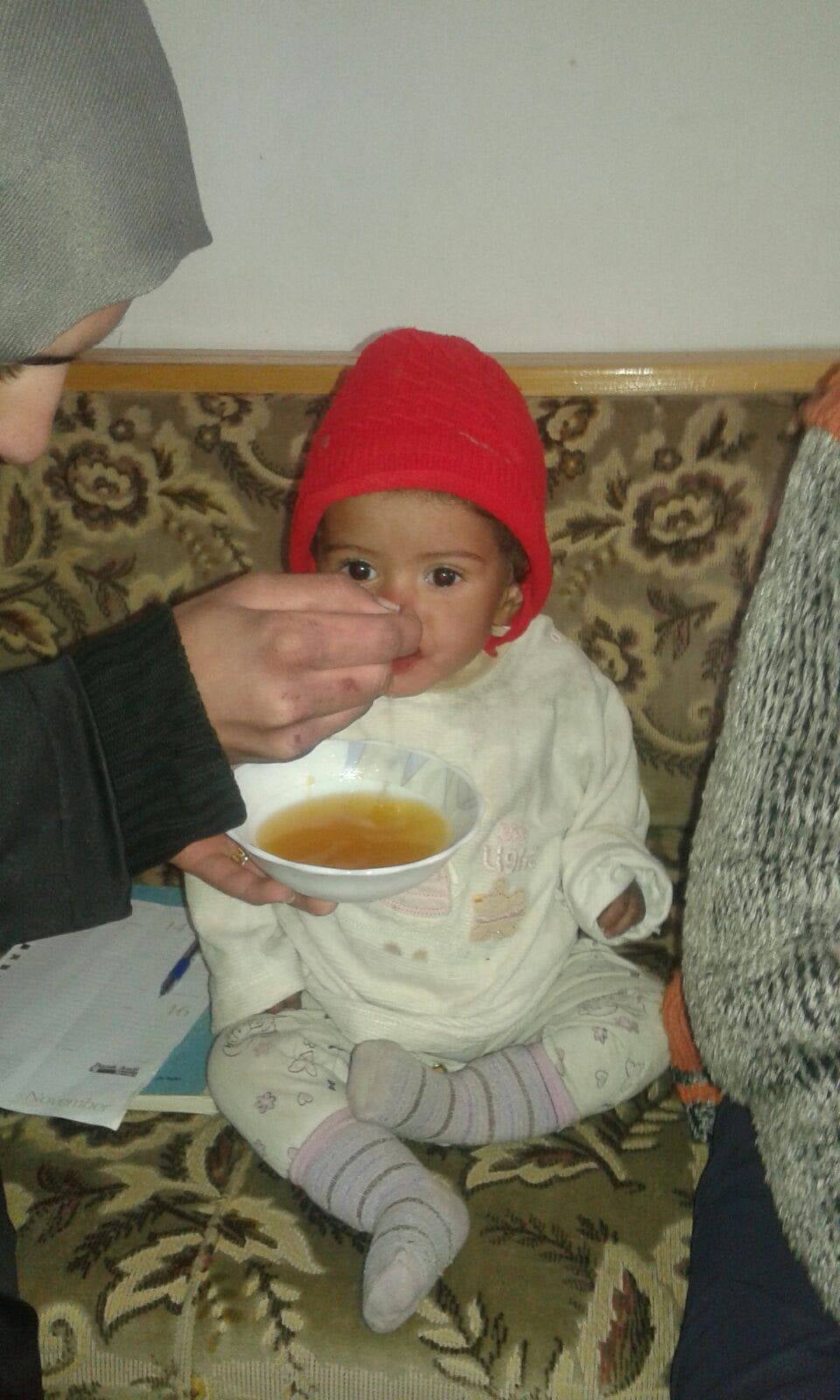
Khalid Abo Al Ez, an activist on the ground tells Quartz that a can of baby food now costs the equivalent of $300. He sent Quartz a photo of his dinner:
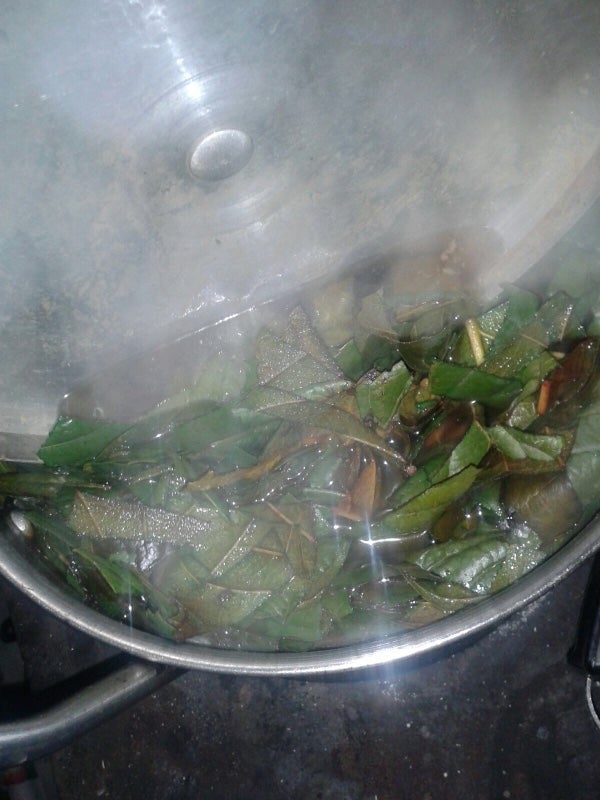
According to different estimates, 20,000 to 30,000 people have been trapped in the town, and neighboring Zabadani, since July. They have been encircled by government forces as punishment for a siege by rebel forces on two villages in a different part of the country.
The government has only agreed to evacuate the wounded and allowed only a single aid convoy to enter—back in October. Those supplies lasted only a couple of days, according to residents.
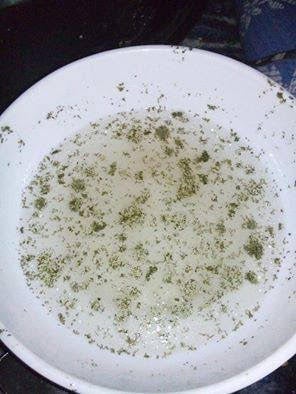
The images that are coming out of the town have not been taken by professional photographers, and reports could not be independently verified by news organizations. But aid groups confirm the severity of the situation.
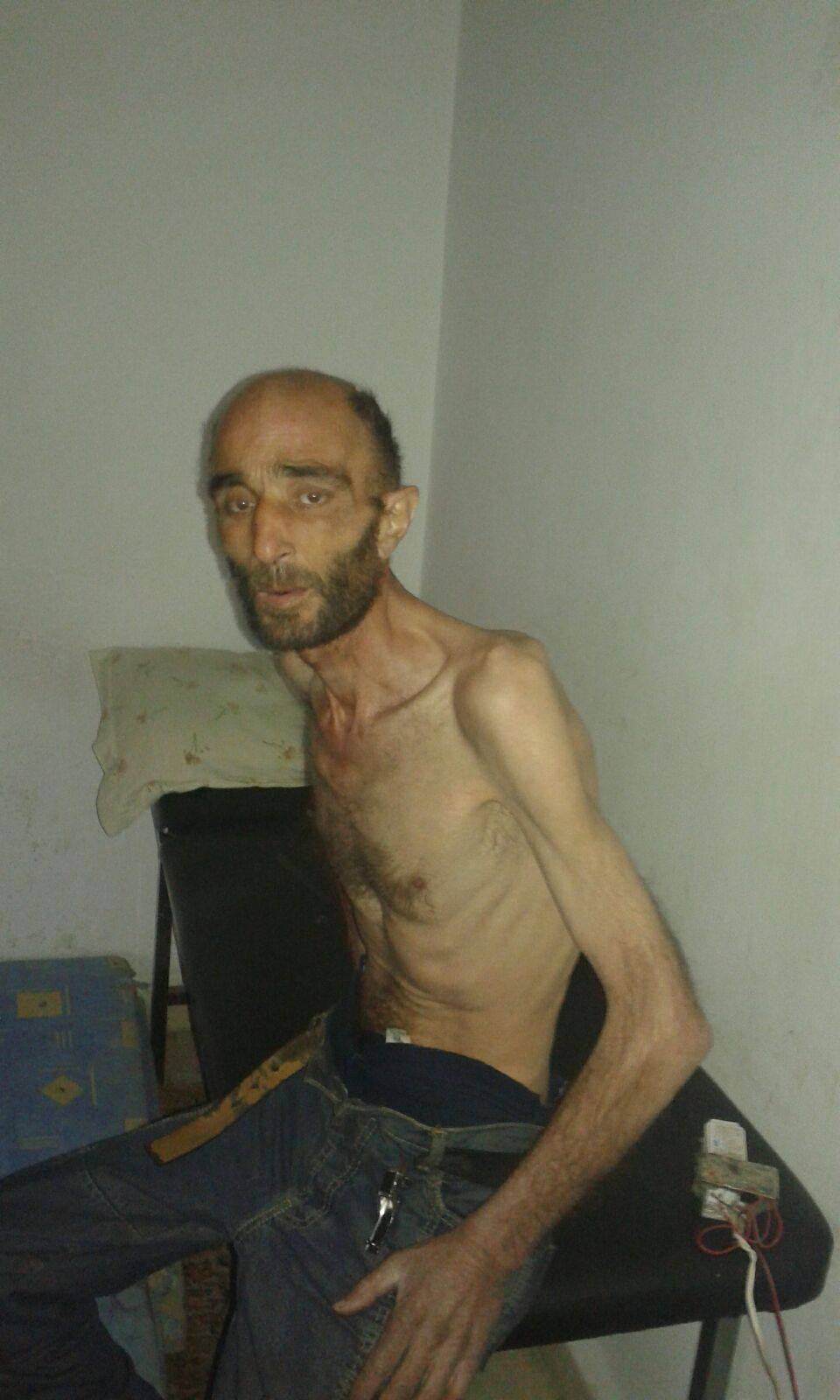
“The pictures are the only way to show the world how Madaya has been facing Siege and starvation,” Muzaffar Salman, a Syrian photographer who covered the war between 2011 and 2014, tells Quartz. He fears, however, that the photos may not make a great difference to the plight of the people in the town. ”The pictures that documented the chemical attack back in 2013 did not change anything, and the Asaad government used the chemical weapons again and again,” he points out.
“I do believe in the benefits of photographing whats going on. Even if it didn’t help now, I am sure in the future it will be considered as an evidence. This, what you are seeing today, is just a small amount of the horrible reality,” says Bassam Khabieh, another Syrian photographer, who documented the chemical weapons attack in 2013. He remains in Damascus, shooting for Reuters. “Sadly, people are used to this now. [They] look at pictures and scroll down. We did our part, we showed the world what we are facing, now its their turn to react and do something.”
His reference to “evidence,” and the images themselves evoke photographs and footage of Nazi atrocities during the Holocaust, which would later become evidence at the Nuremberg trials.
